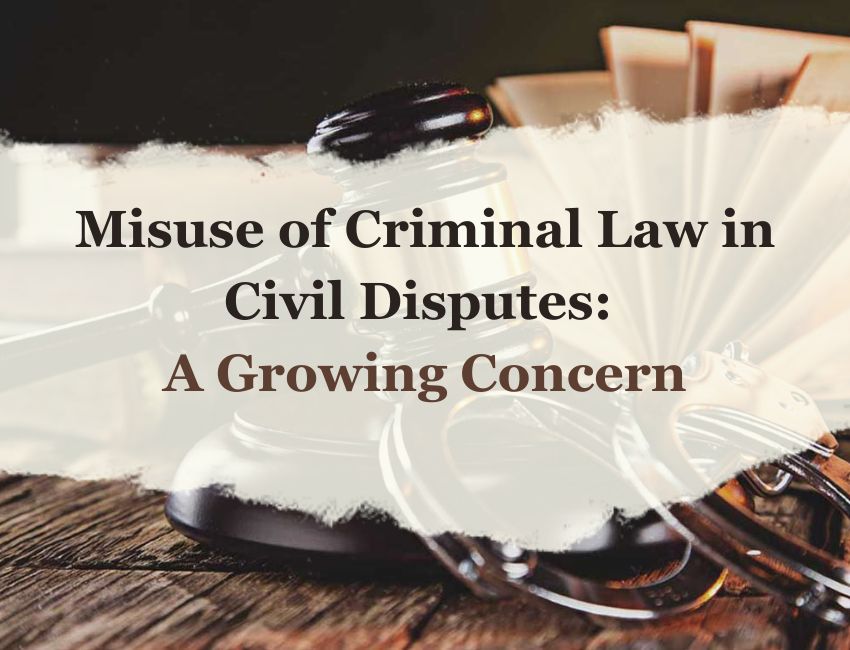Harish Tandon, J. - This revisional application is directed against the order no. 13 dated 25th June, 2015 passed by the learned Civil Judge (Senior Division), 1st Court, Barasat in Title Suit No. 639 of 2013, by which an application under Order 7, Rule 11 of the Code of Civil Procedure is dismissed.
2. In a suit for specific performance of an agreement for sale of the immovable property the defendant/petitioner filed an application under Order 7, Rule 11 of the Code of Civil Procedure for rejection of the plaint, as the reliefs claimed therein is palpably barred by limitation.
3. Before proceeding to deal with the said point, this Court feels to remind itself the provisions contained under Article 54 of the Schedule appended to the Limitation Act, 1963 providing three years period to institute a suit for specific performance of a contract. The time from which the limitation would begin is indicated as the date fixed for performance or when no such date is fixed, when the plaintiff has a notice that the performance is refused.
4. The plaint case proceeds that an agreement for sale was executed way back in the year 1991 and in part performance thereof the possession was given to the plaintiff/opposite party by the predecessor in interest of the petitioner. In paragraph 16 of the plaint it is categorically averred that the petitioner refused to perform his obligation under the said agreement on 24th August, 2013 and the suit is admittedly filed within three years therefrom.
5. The learned advocate appearing for the petitioner heavily relies upon a judgement of the Supreme Court in case of N.V. Srinivasa Murthy & Ors. v. Mariyamma (Dead) By Proposed L. RS. & Ors. reported in (2005) SCC 548.
6. In the said Report the Apex Court was considering a matter where the suit was filed for declaration that the deed of sale does not convey valid title as it was merely a loan transaction. There was further reflection of the earlier suit for permanent injunction being filed therein and by clever draftsmanship an illusory cause of action was created, which was surfaced on the meaningful reading of the averments made therein.
7. In the backdrop of the aforesaid factual matrix it was held:
"16. The High Court does not seem to be right in rejecting the plaint on the ground that it does not disclose any cause of action. In our view, the trial Court was right in coming to the conclusion that accepting all averments in the plaint, the suit seems to be barred by limitation. On critical examination of the plaint as discussed by us above, the suit seems to be clearly barred on the facts stated in the plaint itself. The suit as framed is prima facie barred by the law of limitation, provisions of Specific Relief Act as also under Order 2, Rule 2 of the Code of Civil Procedure.
17. This is a fit case not only for rejecting the plaint but imposing exemplary costs on the appellant on the observations of this Court in the case of T. Arvindam v. T.V. Satyapal, (1977) 4 SCC 467:-
''The trial Court must remember that if on a meaningful � no formal � reading of the plaint it is manifestly vexatious and meritless in the sense of not disclosing a clear right to sue, it should exercise its power under Order 7, Rule 11 CPC taking care to see that the ground mentioned therein is fulfilled. If clear drafting has created the illusion of a cause of action, the Court must nip it is the bud at the first hearing by examining the party searchingly under Order 10, CPC. An activist judge is the answer to irresponsible law suits. The trial Courts would insist imperatively on examining the party at the first hearing so that bogus litigation can be shot down at the earliest stage. The Penal Code is also resourceful enough to meet such men (Ch. XI) and must be triggered against them.''"
8. From the above report it was apparent that though an earlier suit was filed in the year 1990 and the plea was available that the deed of sale executed in the year 1953 is not an absolute sale, but a loan transaction. The same having not incorporated in the subsequent suit after a gap of several years was held to be barred by limitation.
9. In the present case the ratio laid down in the said judgement cannot be applied for the simple reason that after the execution of an agreement for sale the vendor therein was murdered and a criminal proceeding was initiated against the husband. There are averments galore, which says that the husband has assured to execute the deed after completion of the criminal proceedings and further assured to execute the same the moment the son attains majority.
10. There is no denial to the aforesaid facts.
11. Article 54 of the Schedule appended to the Limitation Act clearly provides that the period of limitation would begin when the performance under the agreement is refused. There is a clear averment in the plaint that such refusal was known to the plaintiff/opposite party and, therefore, the period of limitation would reckon therefrom. Whether those facts have any sanctity or can withstand on evidence can only be decided after fullfledged trial.
12. It is a well-settled law that the Court should not look into any other document or the statements made after entering appearance at the time of considering an application under Order 7, Rule 11 (d) of the Code. The defendant has to proceed on the veracity, genuinity and the truthfulness of the averments made in the plaint and if can demonstrate to the Court that the suit is still barred by limitation, such question would partake the characteristic of question of law. It would be completely different when the period of limitation is to be judged on evidence to be led by the parties or in other wards the plea of limitation is dependent upon the facts, which would assume the characteristic of mixed question of facts and law and, therefore, the Court should not proceed to reject the plaint invoking the provisions contained under Order 7, Rule 11 (d) of the Code of Civil Procedure.
13. This Court, therefore, does not find any substance in the submissions made by the learned advocate appearing for the petitioner. This Court cannot overlook the vital fact that the order dated 25th June, 2015 is challenged in the month of July, 2016, after a gap of nearly one year; though an explanation is sought to be offered for such delay, but this Court finds that the same is not sufficient.
14. From whatever angle this Court looks at does not persuade itself to interfere with the impugned order.
15. This revisional application is thus dismissed.
16. There will be no order as to costs.

